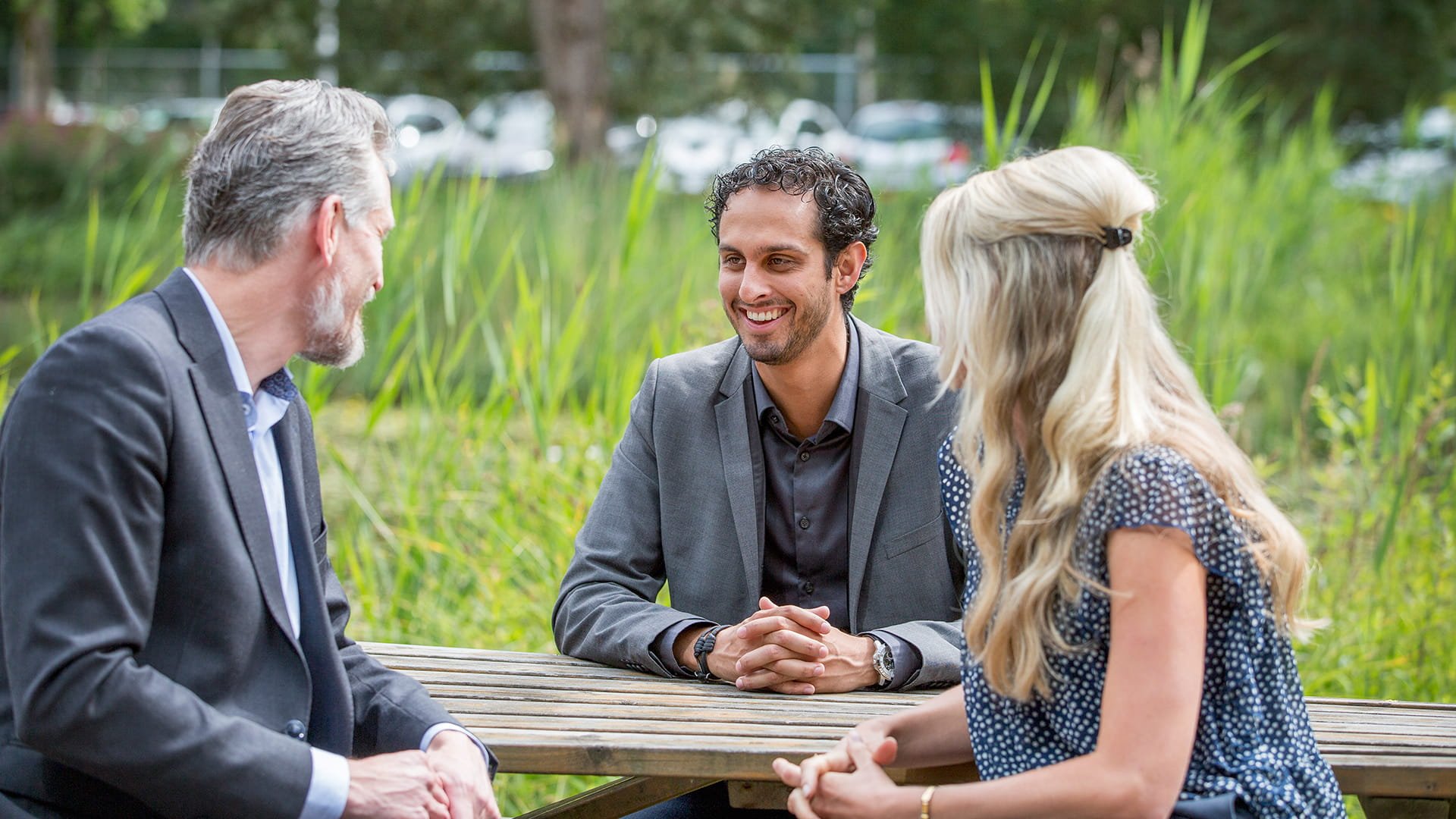India’s climate conundrum: a tale of resilient cities
Anil Kumar, Royal HaskoningDHV’s Managing Director of Water in India, felt privileged to be participating in the Gati Shakti event that was chaired by the Prime Minister. Royal HaskoningDHV was the only engineering consultancy to have been invited to the launch and with good reason – they were working to develop a brighter, better future for India.
For Anil, he could see strong parallels between this push for greater integration and a project he and his team had begun carrying out a year ago. The seeds of that project were just beginning to flourish, potentially laying the groundwork for an integrated approach to climate resilience across the country.
On the frontline
As part of the Climate Change and COP26 mandate, Royal HaskoningDHV coupled up key strategic projects all over India to accomplish part of the National Resilience and Disaster Management project.Phase 1 had already been completed and Phase 2 was being prepared. The objective for this second phase was to map out and analyse seven major risks – from drought and lightning, to flooding and cyclones – in prioritised coastal cities across India. Data would then be used to provide governments and local bodies with the tools to make better decisions on climate resilience and sustainable development. Doing so could significantly reduce the impact of severe climate-related disasters and help protect millions of people in the project cities, as well as protect all 1.4 billion people who called India home.
Having spent most of his life living in India, Anil had experienced first-hand the effects of climate-related disasters. He wanted to help:
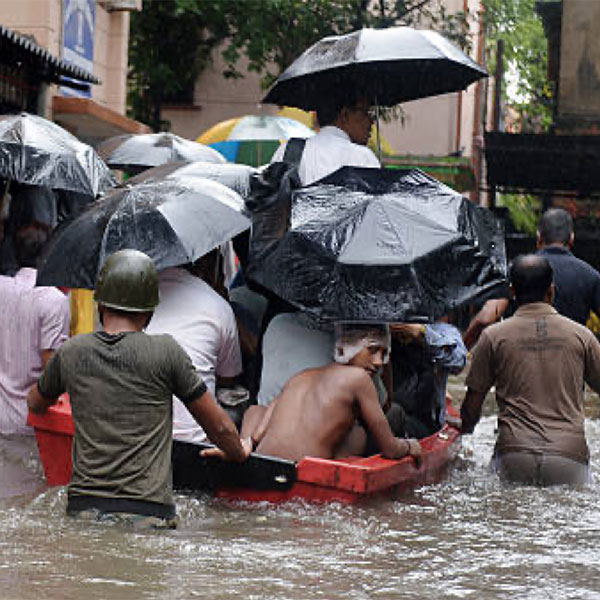
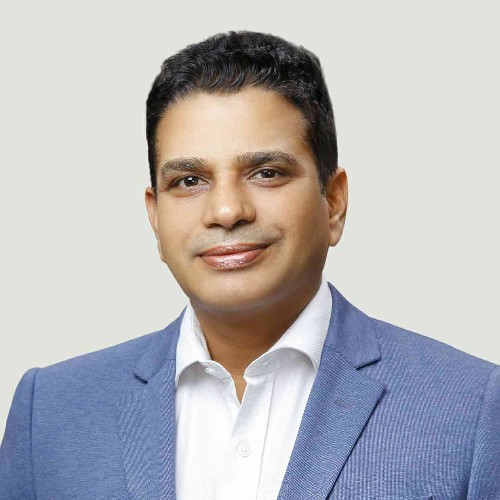
India spans almost 3.3 million km2, encompassing mountains, desert and coastline, and is at risk of almost every type of natural disaster.
Anil says over video call: “With such a vast area and diverse geography, resilience planning can’t, and hasn’t, been implemented in a single, uniform, or nationwide approach. This is further complicated by the division of the country into 28 States and 8 Union Territories.”
It was clear that there was an urgent need for centralised planning and an integrated platform – especially for Mohammed who works tirelessly as a fisherman on the Indian coast. He lives and works with his family near one of Asia’s most beautiful beaches, perfect for those in search of peace and tranquillity. But in not so far away villages and towns, communities had been experiencing something far from peaceful – flooding. The thought keeps him up some nights, tossing and turning in his bed. His home, his livelihood, and his young family, depended on the coastline being safe, secure, and resilient.
Time to act
As the Royal HaskoningDHV team looked over the Phase 2 project brief and proposal in Anil's office, they could see the previous first phase of the project had been a success. The objective at the time was to protect vulnerable coastal communities in the Arabian Sea and Bay of Bengal from the increasingly frequent and ferocious cyclones. Thanks to the project, a provision of cyclone forecasting, and risk mitigation had been created, and multipurpose cyclone shelters were constructed.
But now other damaging climate events were starting to appear in different regions along the coastline of India – showing the need for an expanded Phase 2. When the Royal HaskoningDHV team submitted their proposal, they were committed to going beyond the brief. In this proposal stage alone, the team spent time creating heat wave analysis, using remote sensing data, and taking into consideration other important components like future scenarios of climate change, population growth, and urban development. They showcased it all in a ‘vision city’ of what their modelling and analysis would look like in action.
“For this phase, the proposal was just the start.” Anil says: “The objective was slightly different than Phase 1 but fell perfectly in line with our deep domain knowledge and world-leading expertise. We had to provide guidance, principles, and a framework for decision-makers within each of the prioritised project cities so they could improve resilience and reduce the risk of climate-related disasters. Each area was subject to its own social, economic, and political challenges which made it difficult. Plus, no integrated study had ever been done in this way before – we were going in totally blind. In some areas, flooding was an issue, in others they were more concerned about drought, so we had to look at how we could mitigate every one of those issues.”
Dedication meets innovation
Despite the absence of previous studies, Anil and his team were confident – and when the news came in that they had won the project there was jubilation. As the project got underway, a dedicated Royal HaskoningDHV team was deployed to each of the project areas within India, always in close communication with the Resilience Team back in the Netherlands.
Overseeing the project was Anil, acting as Technical Director, and Raman Kumar, acting as Project Manager – along with an experienced team leader who was the driving force behind the Hazard and Vulnerability team. With the personnel in place, and all eyes on Royal HaskoningDHV’s team, it was time to go beyond their vision city and into the real world.
The missing piece of the puzzle
Due to their knowledge, experience, and time spent studying Phase 1 the Royal HaskoningDHV team could see that one major piece of the puzzle was missing – stakeholder consultation and engagement. Anil and his team knew local insights such as the history of disasters and associated losses could help guide their analysis and modelling.
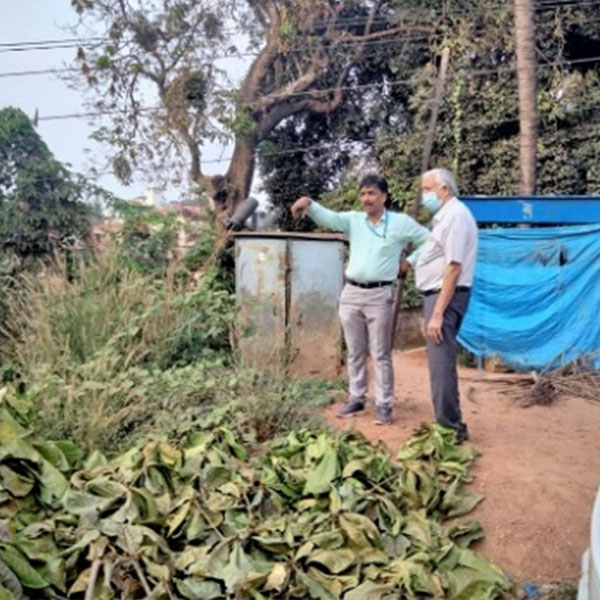
Anil explains: “Integrating stakeholders into the study was vital. So, we decided to hold workshops in each city, bringing together between 50 – 120 people each time including community representatives from each city, local officers, planning departments, urban development bodies, etc – it was a real challenge.
One of the biggest hurdles was the language barrier, as each state we were working with has a different language. We wanted to surpass expectations and worked hard to study local insight and adapt and deliver presentations, notices, and summaries in the local language – not easy but we managed it.
Plus, we had to juggle with Covid-19. When each workshop has so many people involved, you can imagine the amount of work and organisation that was needed. Nevertheless, we were heading in the right direction and our work seemed to be paying off. Eventually, the team got a picture of what hazards each community faces and a sense of involvement in shaping India’s climate future.”
Boots, firmly and digitally, on the ground
Using highly sophisticated digital tools, a web portal was created. The portal integrated hazards and resilience related data to predict landslide movements and heatwaves, as well as cyclonic and flood forecasts.
Over time, Anil and his teams across India began to see progress in the project – and it wasn’t just these digital tools that were leading the way, it was the overall Royal HaskoningDHV approach.
The race is on for a brighter future
Now the Royal HaskoningDHV teams had carried out their analysis, it meant the company was working directly with local governments in project cities across India. This close cooperation and collaboration means that authorities can now develop actions and policy changes – to not only better predict and prevent the impacts of climate events before they happen – but also ensure new developments are more sustainable and resilient.
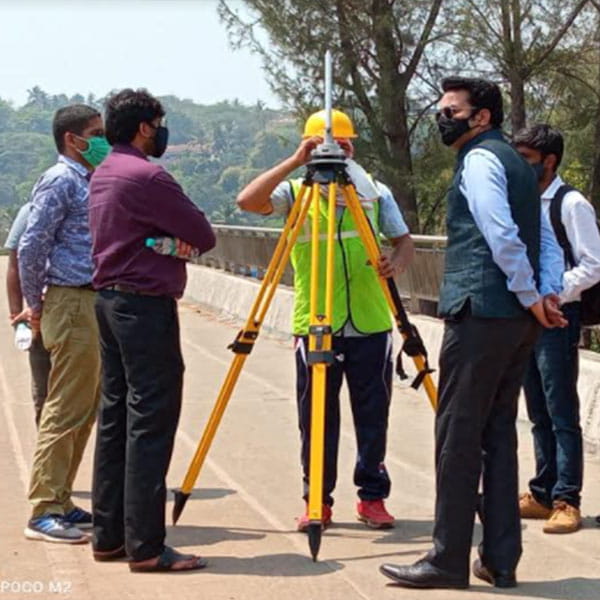
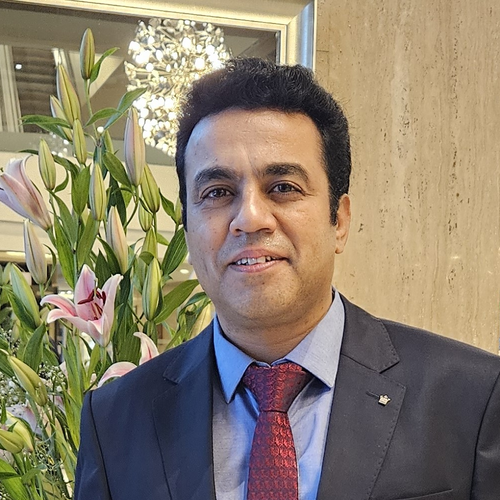
This is an example of a project which has edged Royal HaskoningDHV ahead of the field in climate resilience. Bringing stakeholders together with advanced digital tools, we’re contributing to a sustainable and resilient world.
Little did he know, but this was life-changing news for Mohammed and his family. Thanks to the collaboration fostered by Royal HaskoningDHV, local governments, stakeholders and residents; a plan is in motion that means the whole of India could be better protected, decision-makers could be smarter with investment and the country can attract more trade through informed, sustainable development.
But Mother Nature doesn’t wait... and with 20 other cities across India now flagged as at risk from climate-related disasters, the project is set to be extended, sooner rather than later. To be continued…
By shifting perspectives, we enhance society together.
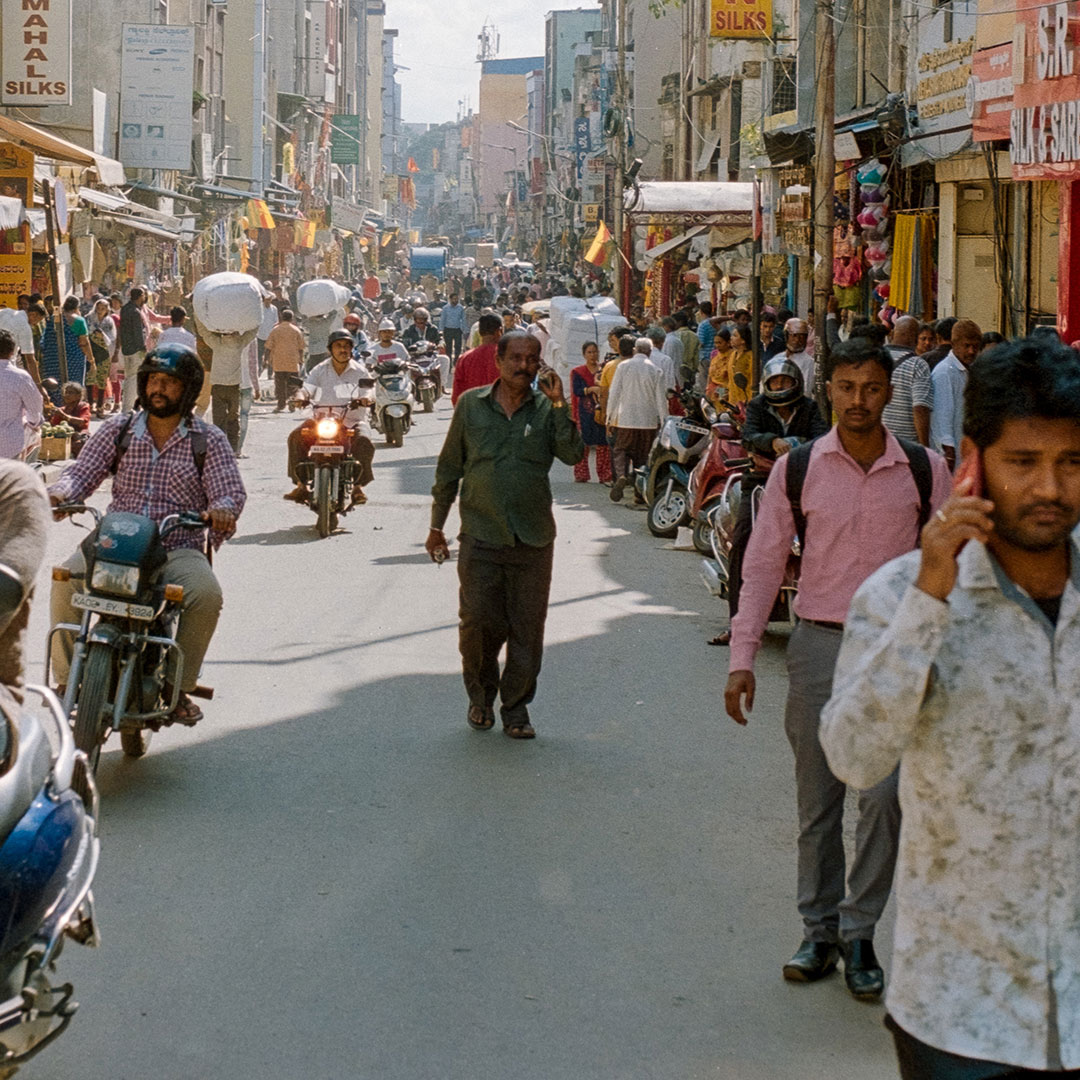

AnilKumar
Managing Director Water in India
Discover more Shifting Perspectives Stories
Explore all our project stories where we shift perspectives to enhance society together.
Are you ready to work on projects that drive positive change?
We are always looking for talents who want to collaborate closely with colleagues, clients and stakeholders and offer a new perspective to illustrate the bigger societal and technological picture. Talents who uses their deep domain knowledge to shape innovative solutions to make the transition to smart and sustainable possible. All the while considering the ethical implications of these solutions, to ensure we are driving positive change at every level: globally and locally, for our today and our tomorrow.
